Amber with insects (Burmite)
A range of really truly fascinating pieces, these are Burmite – Burmese Amber, often with insect and plant life remains.
Price range: £5.00 through £20.00
Burmite Amber
A range of really truly fascinating pieces, these are Burmite - Burmese Amber, often with insect and plant life remains.
Burmite is an extremely old form of Amber, which is found in Burma (formerly Myanmar). It is a Cretaceous amber dating to around 99 million years old.
Burmese amber is of tremendous scientific importance, as a huge range of flora and fauna can be included within - over 1300 species, including insects, arachnids, plantlife, snakes, frogs, birds, lizards, and even fragments of dinosaurs.
I've tried to include closeup photos of the more interesting inclusions in the Amber - some are of a sufficient level of detail that they could be identified. You will need magnification for these pieces - a 10x loupe or higher is recommended.
See below for a description of each piece, as the photos can't include everything.
- #1 - 21x14.7x7.6MM: a reasonably clear piece containing a lot of mixed up plant material.
- #14 - 15.5x9.5x4.6MM: a really cool looking piece, with what I believe is a plant inclusion, similar to a catkin perhaps.
- #23 - 16.9x14.9x6.2MM: a slightly included piece with a possible insect fragment or a piece of a plant seed or similar.
- #30 - 15.6x10.1x7MM: quite a cool piece - a pair of either wing cases or possibly halves of a seedpod.
- #33 - 15.5x12x5.1MM: plenty of air bubbles, and what I'm fairly confident is a nice piece of plant material that looks almost like lavender.
- #34 - 20x11.7x4.3MM: an unknown inclusion, possibly a piece of plant life or seed pod of some kind.
- #38 - 17.6x9x8.4MM: several pieces of unknown plant material - moss or balls of mixed up flowers and similar.
- #41 - 20.5x12.7x5.6MM: a piece with many pieces of plant inclusions.
Unfortunately, there are ethical concerns due to Burma's ongoing civil war, and concerns over the safety of miners.
There is a large debate between scientists as to whether Burmese Amber should be purchased and/or studied due to the potential humanitarian concerns; I have studied the issues for a long time before considering purchasing personally.
Several organisations have issued a blanket ban on studying Burmese Amber; however, this would include bans on all legitimate mines and cause harm to many miners and people working within the industry. It also creates a culture in which a scientific resource ends up smuggled into China and sold online, carved, and lost to science forever.
Ultimately, whether or not you decide to purchase any specimens of Burmese amber will be a personal decision as the ethical concerns are extremely complex. This is true of all rocks and minerals, not purely pieces from Afghanistan, Burma, China, Russia, or any other country with a less than ideal human rights record - and yes, that includes the UK.
Further reading on potential human rights issues regarding Burmese Amber:
1 review for Amber with insects (Burmite)
Related products
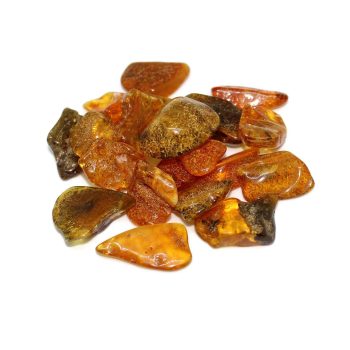
Amber Tumblestones
Price range: £1.00 through £2.00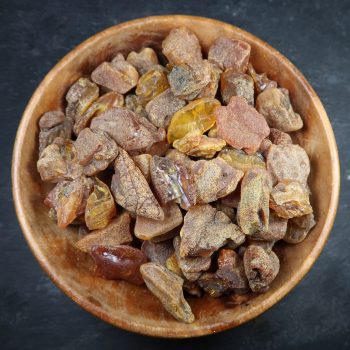
Amber Specimens / Rough (Baltic)
Price range: £3.50 through £7.00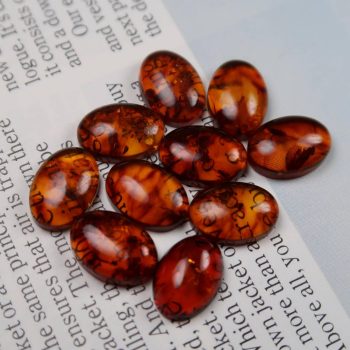
Amber Cabochons (Reconstituted/Treated)
Price range: £1.75 through £3.50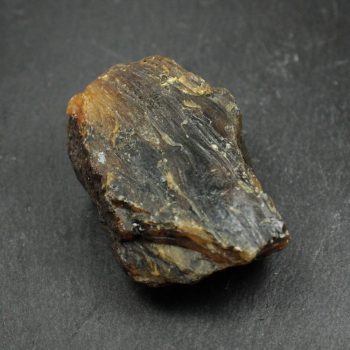
Amber Specimens / Rough (Black)
Price range: £1.00 through £2.00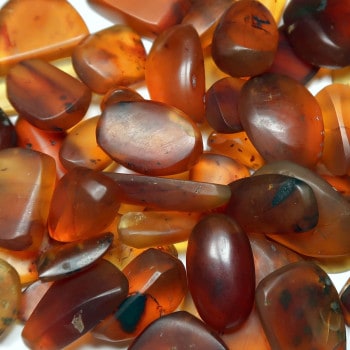
Polish your own Amber (Burmite)
Price range: £4.00 through £7.50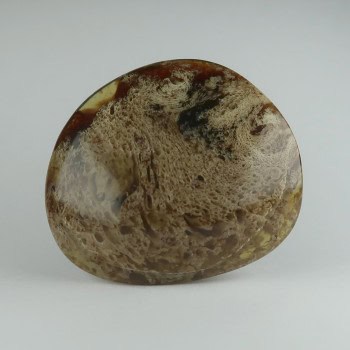
Amber palmstones (Indonesian)
Price range: £10.00 through £12.50

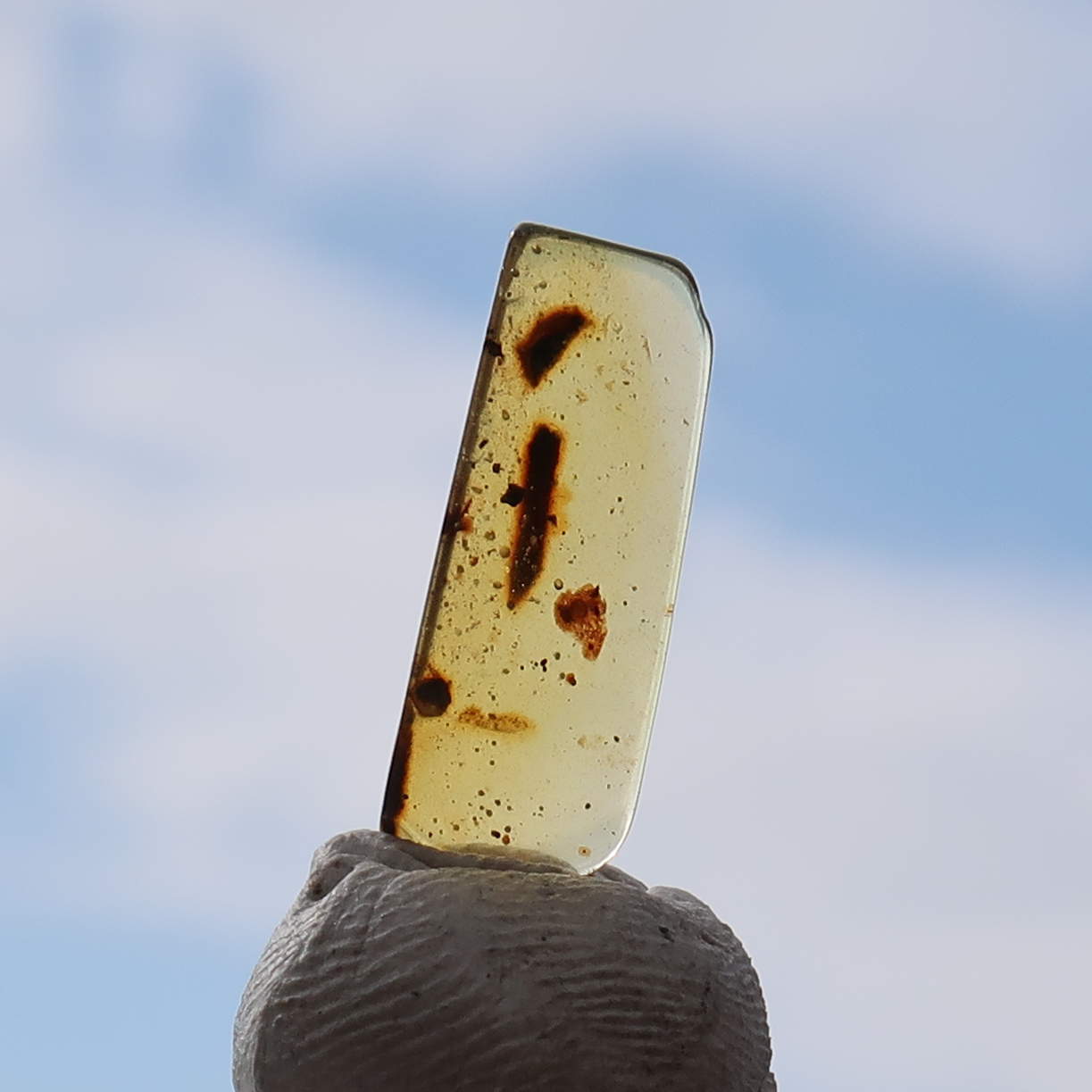
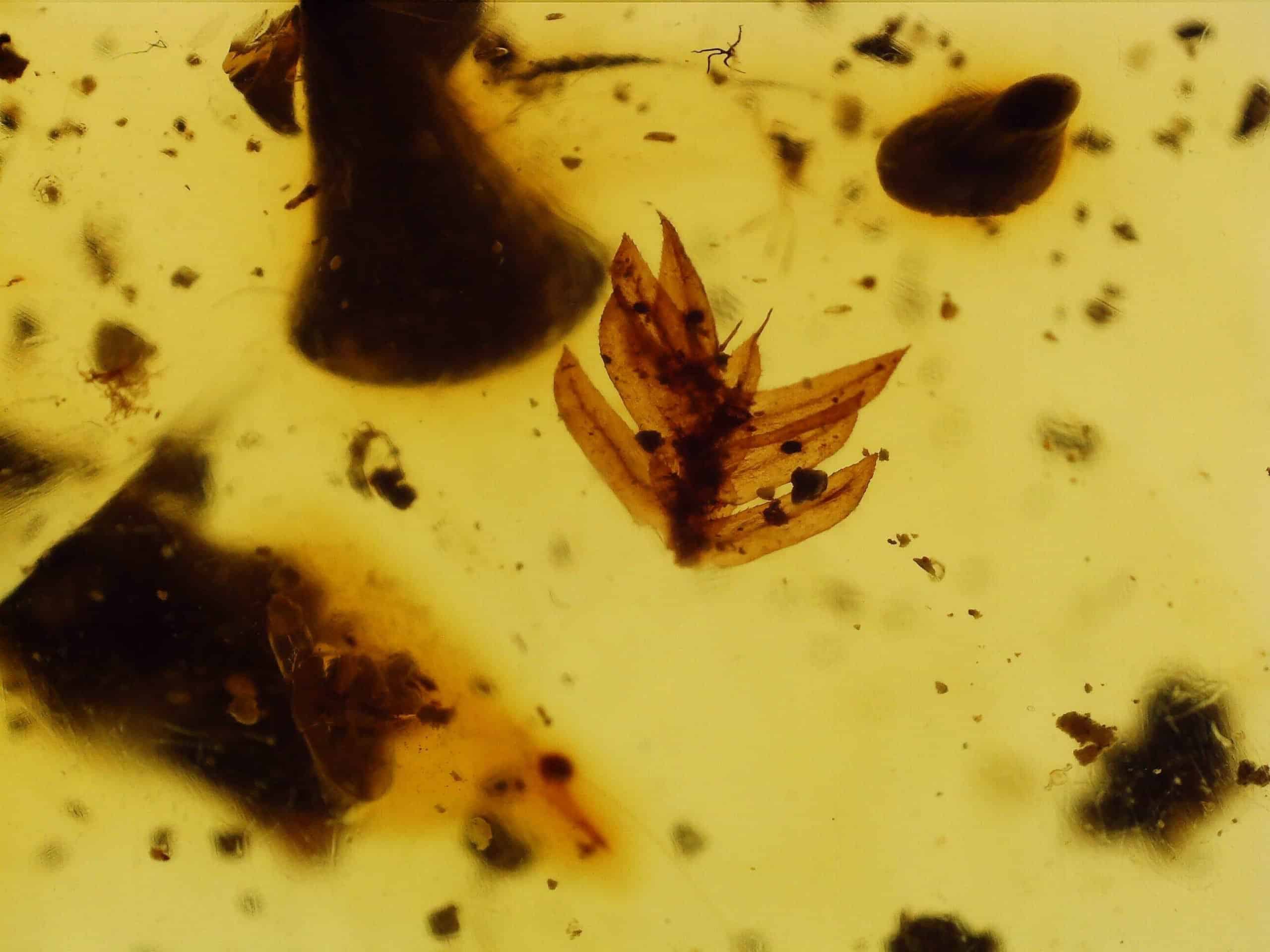
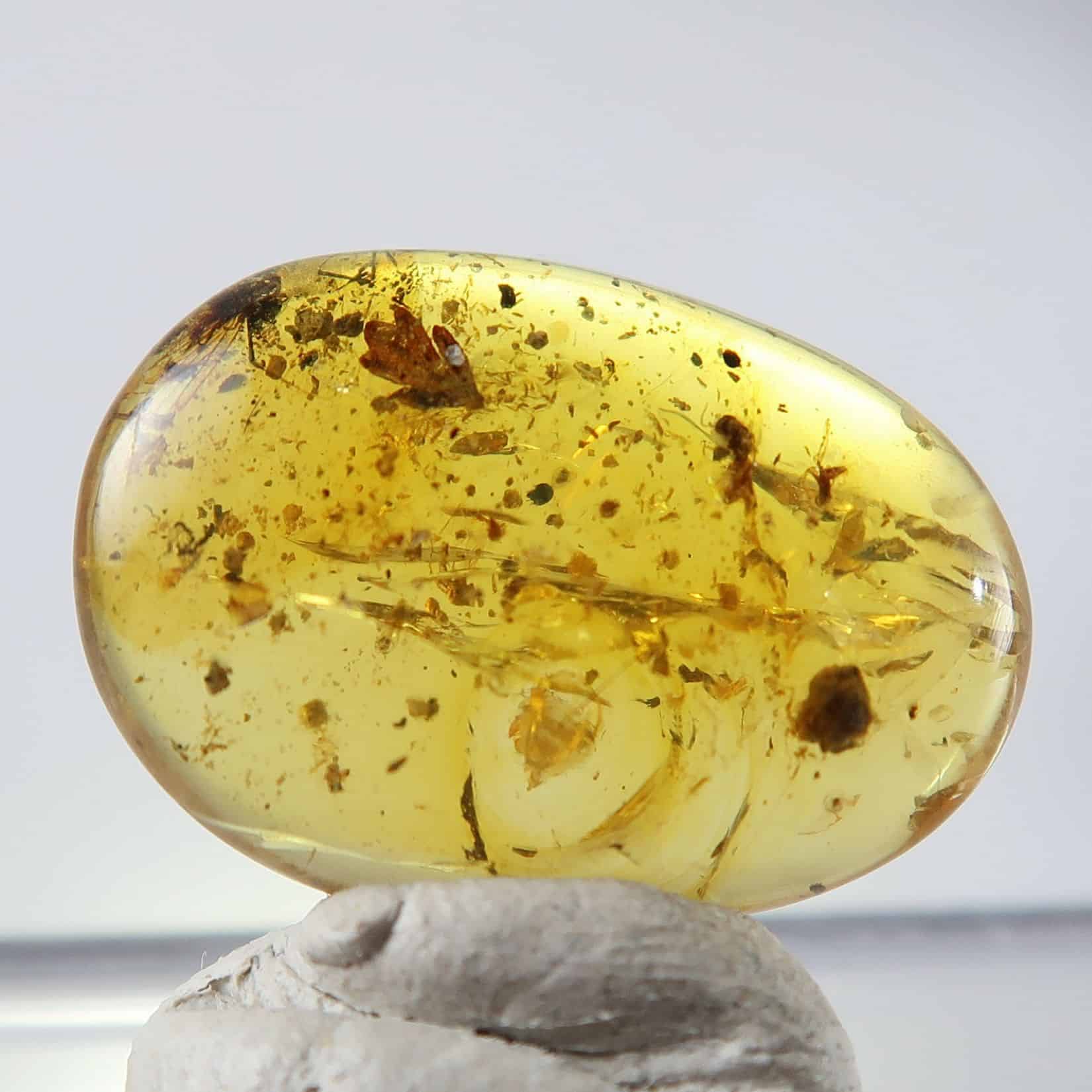
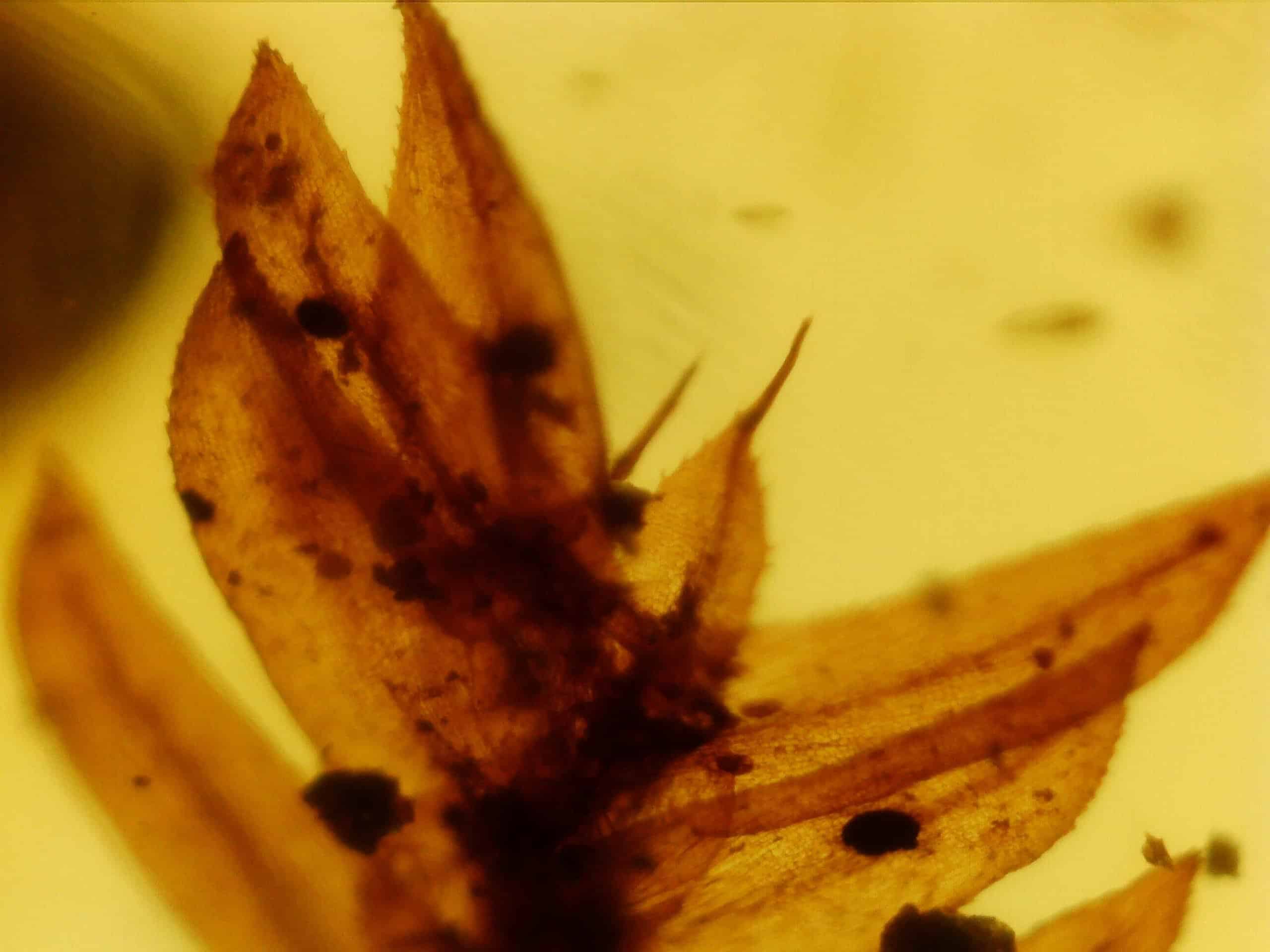
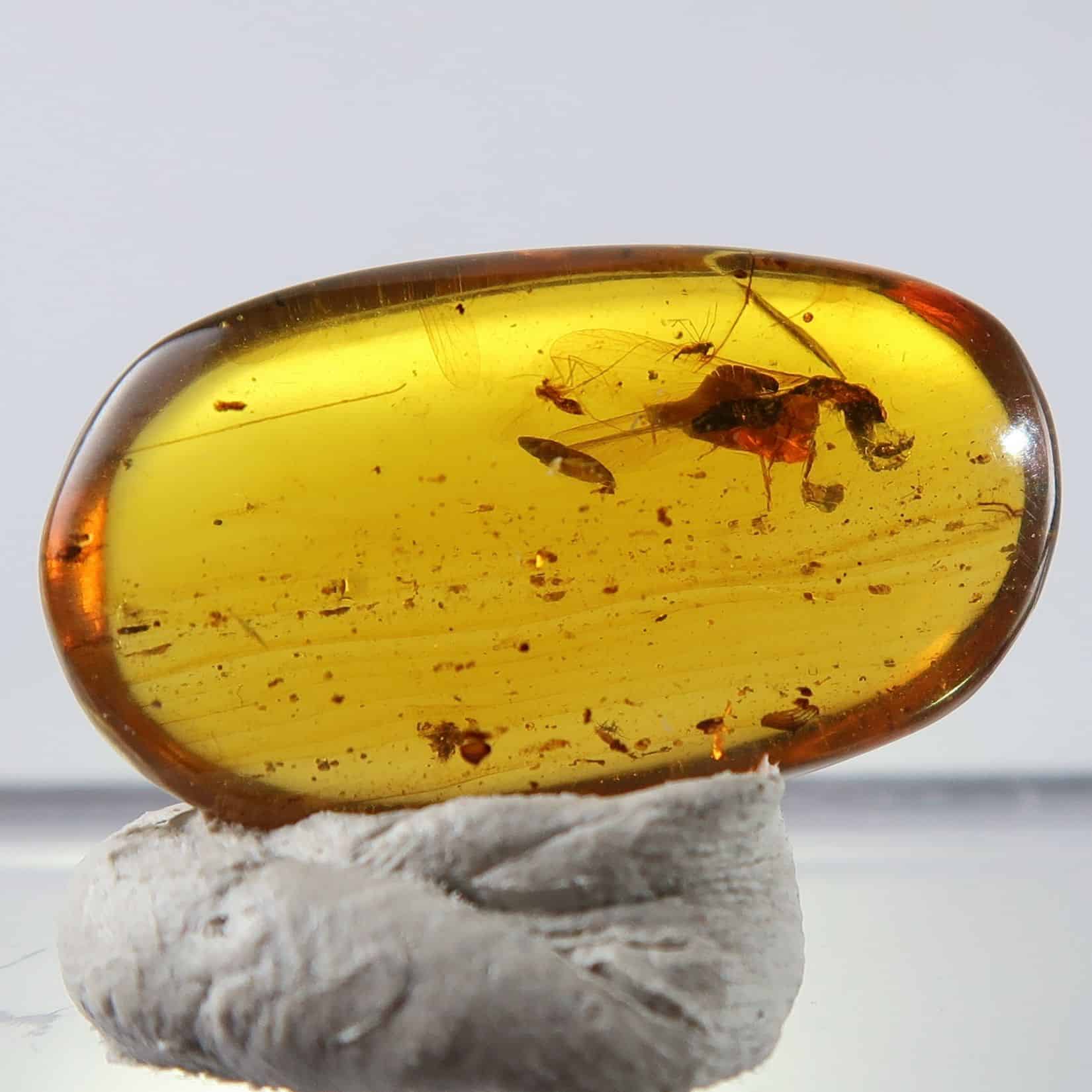
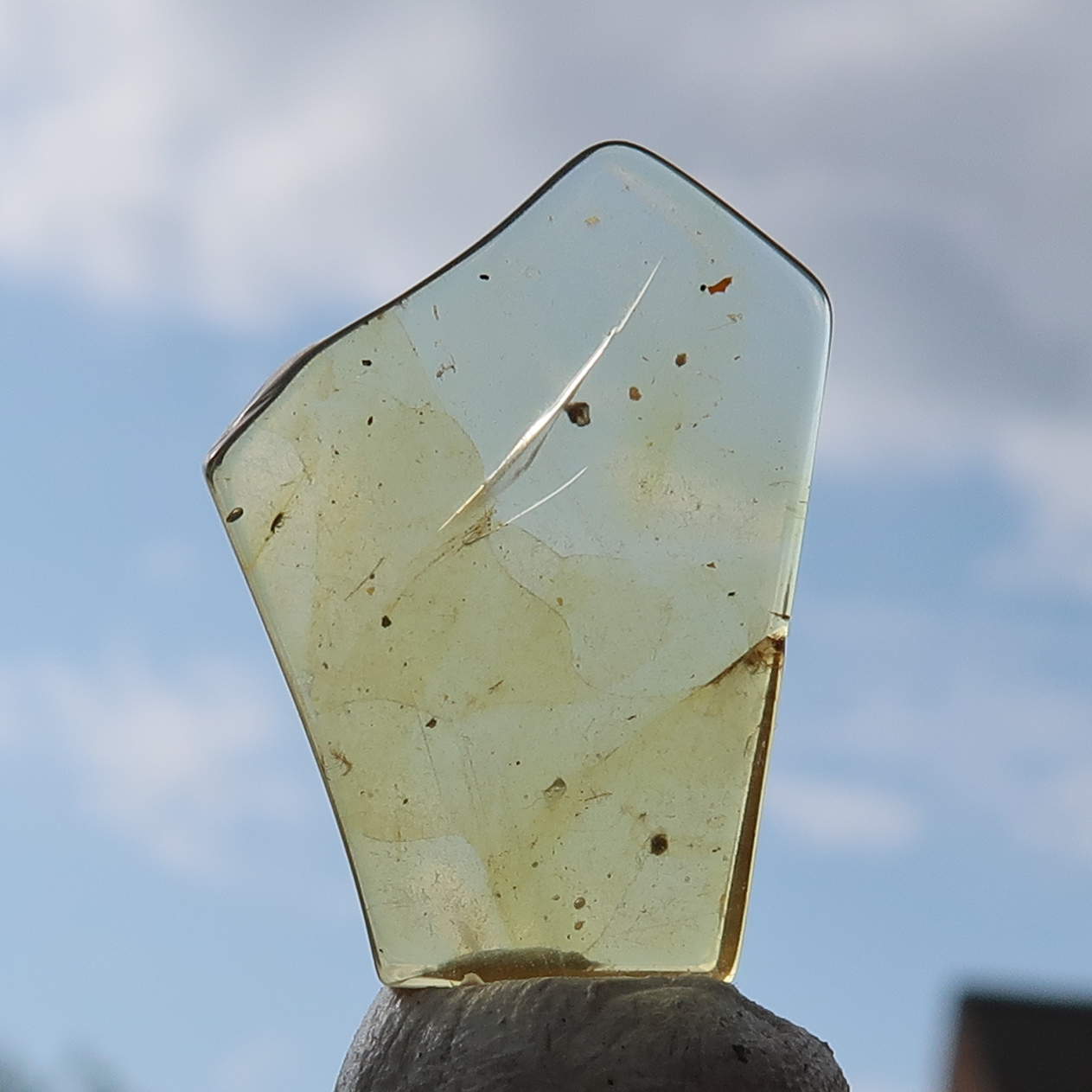
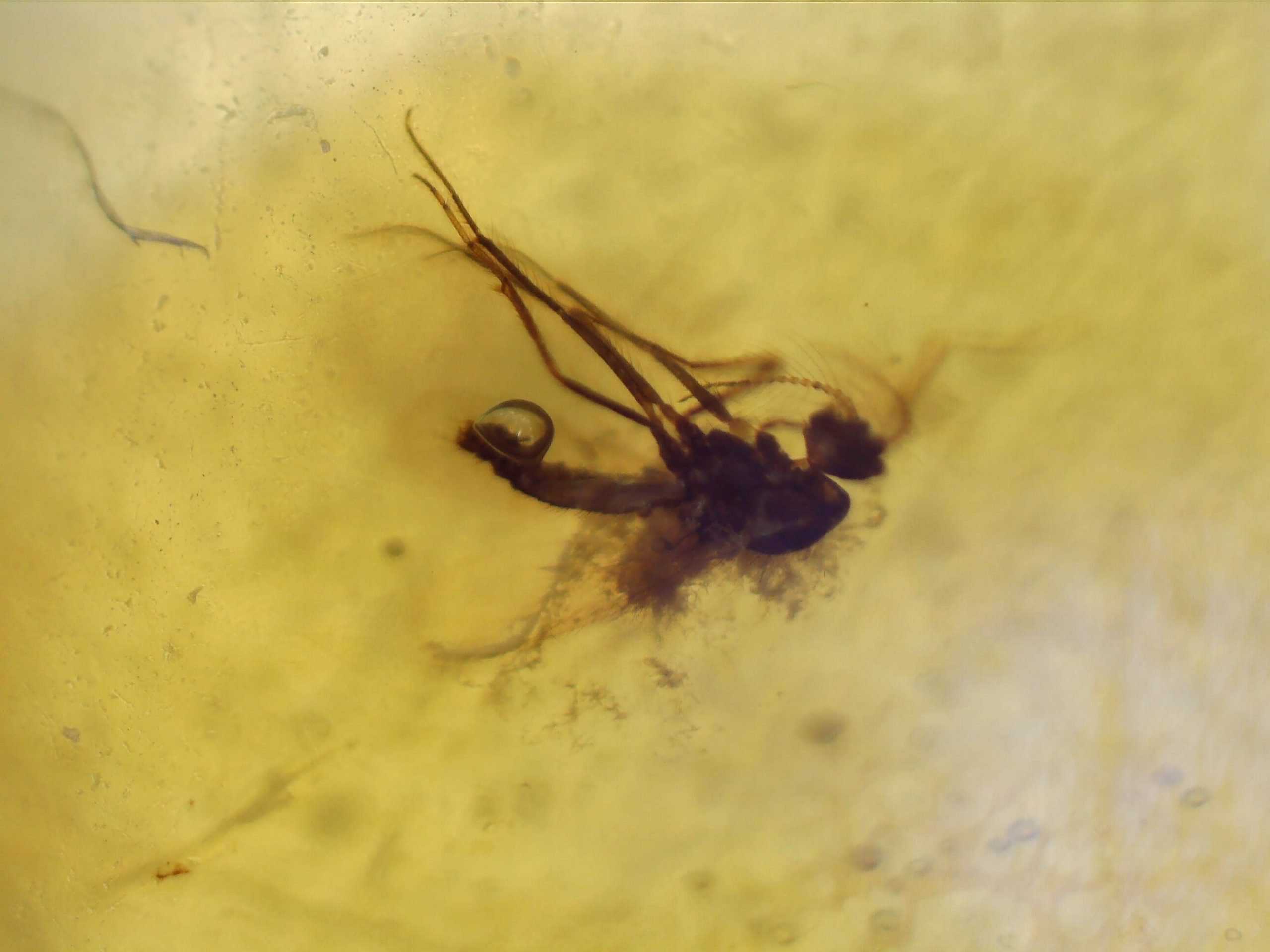
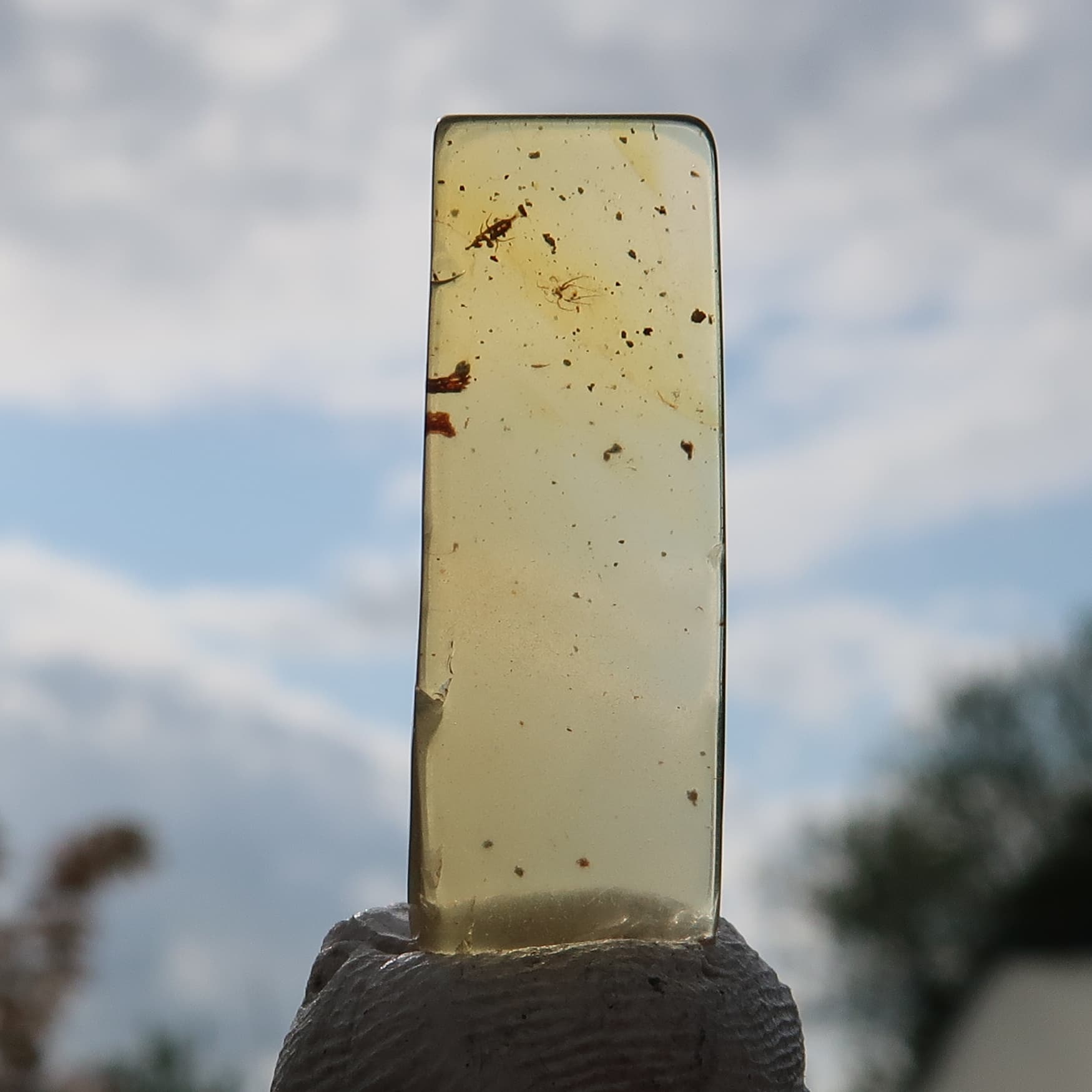
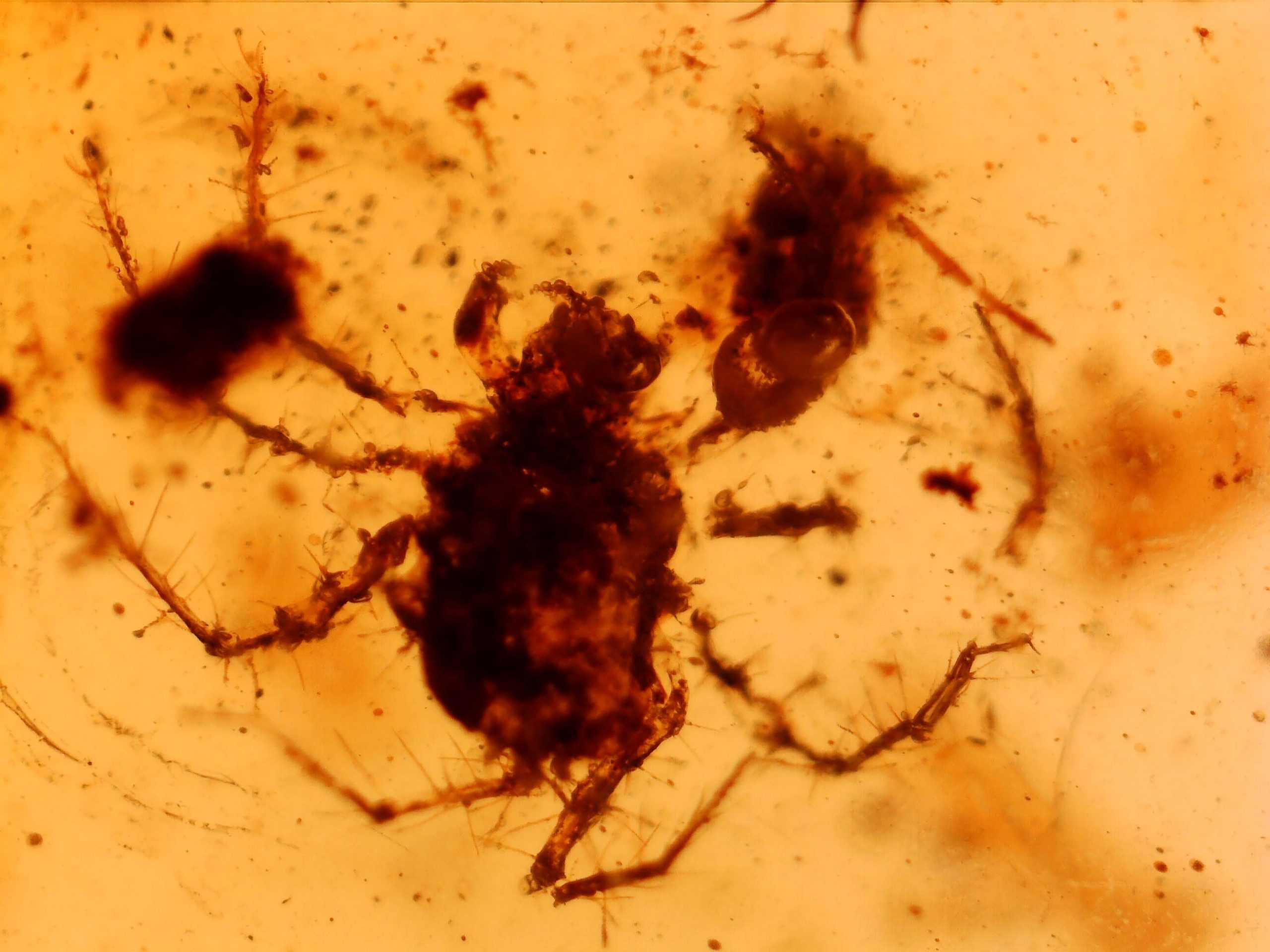
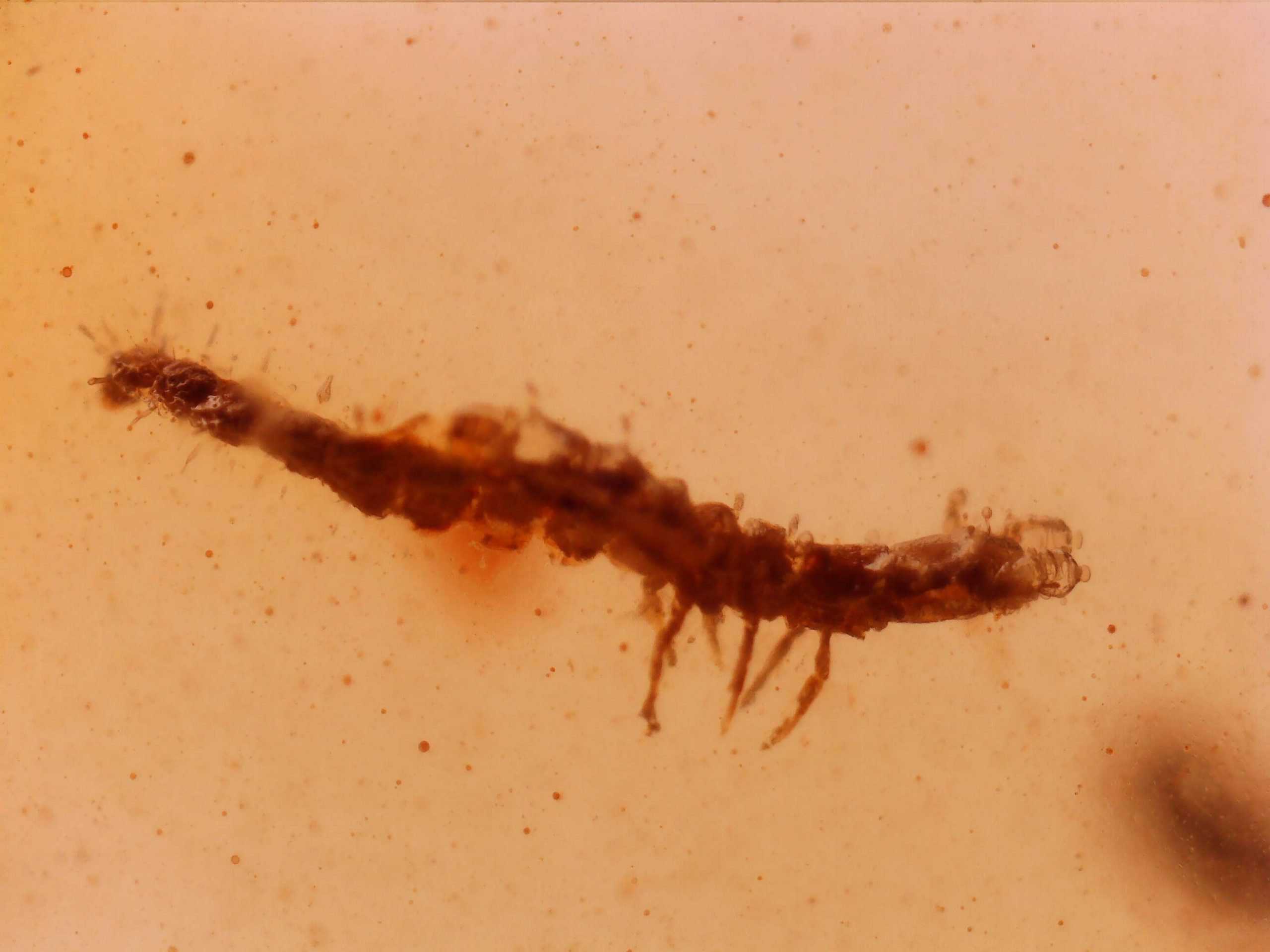
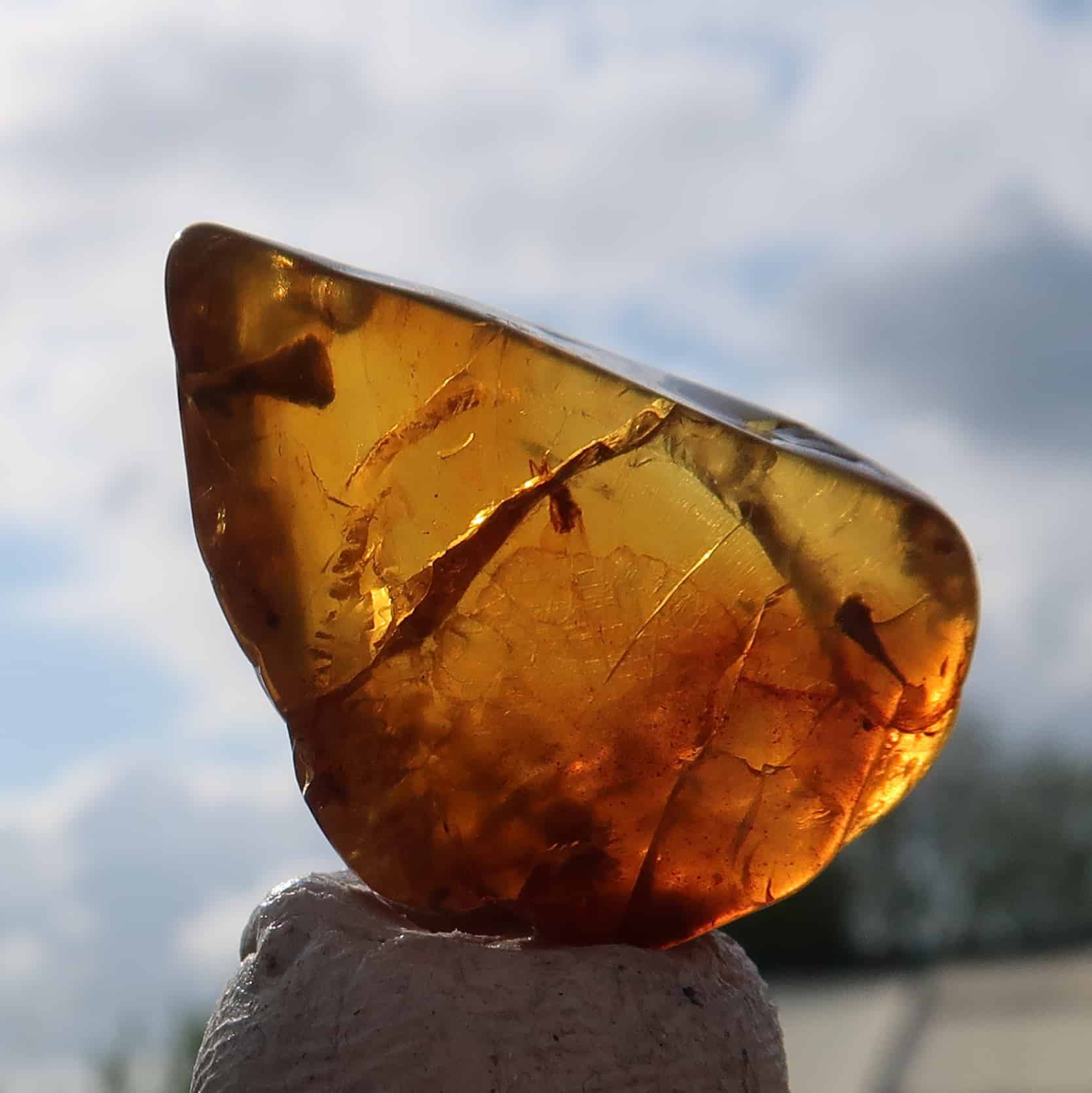
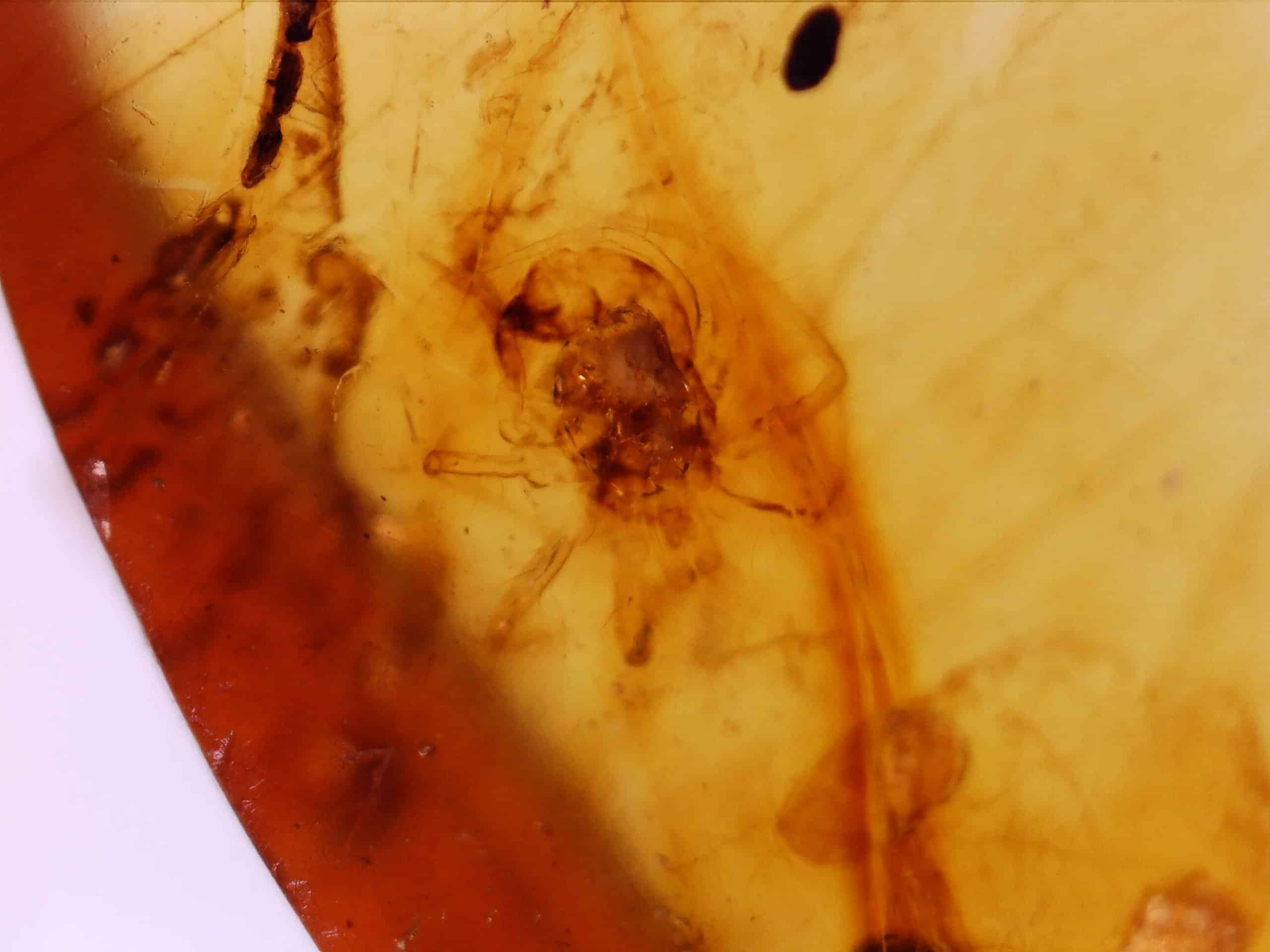
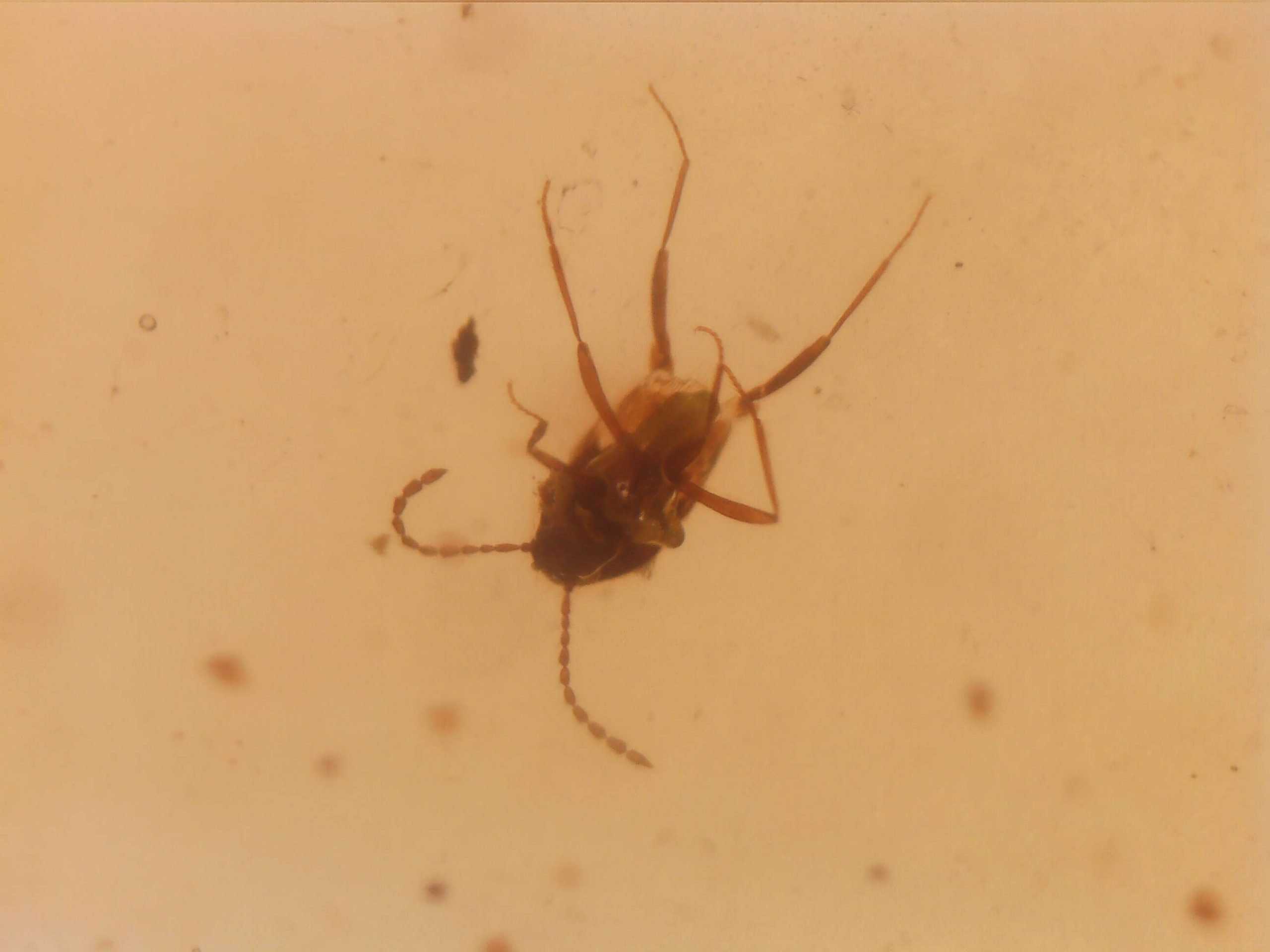
Mike James (verified owner) –
Small but perfectly formed and for a school demonstration.